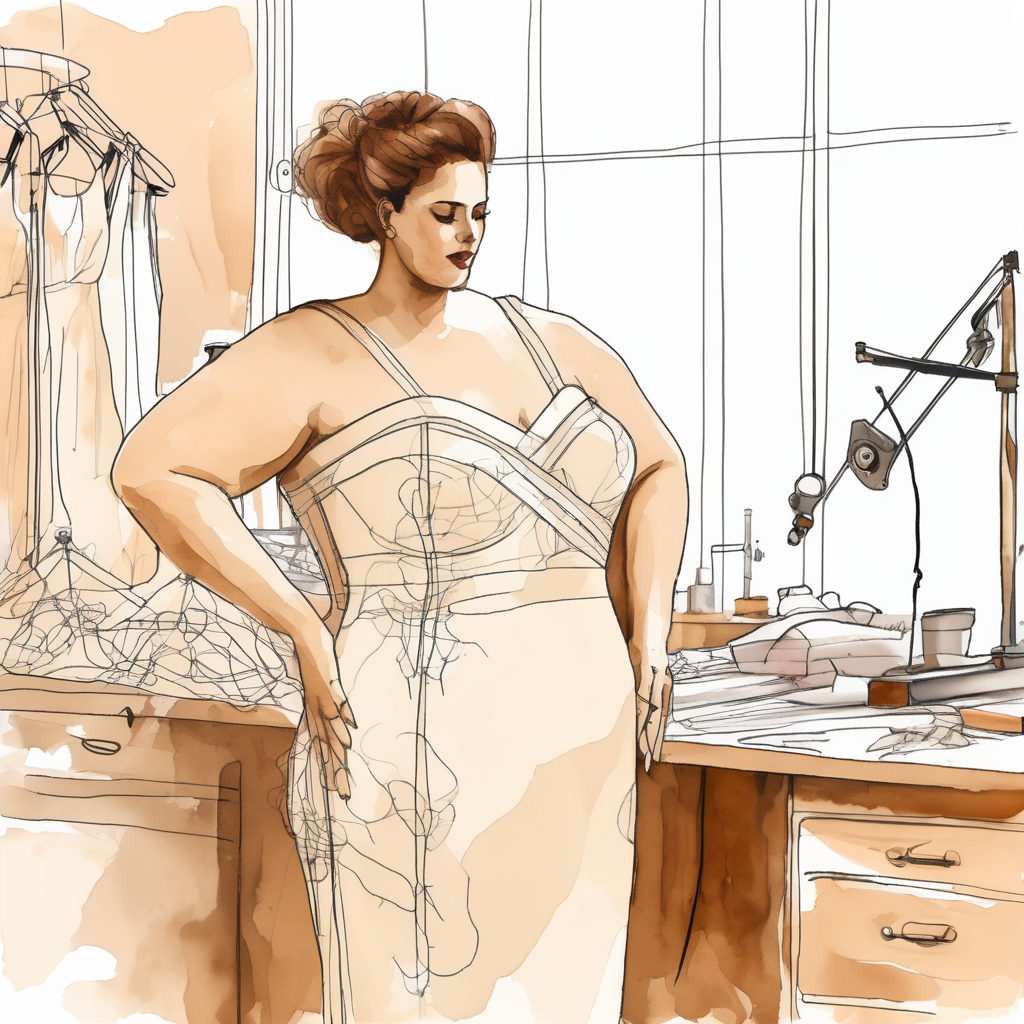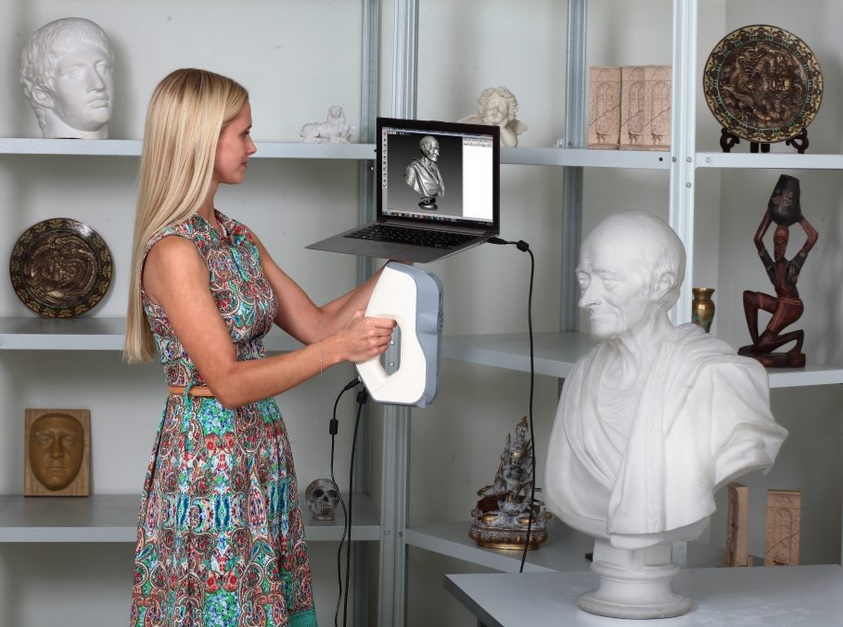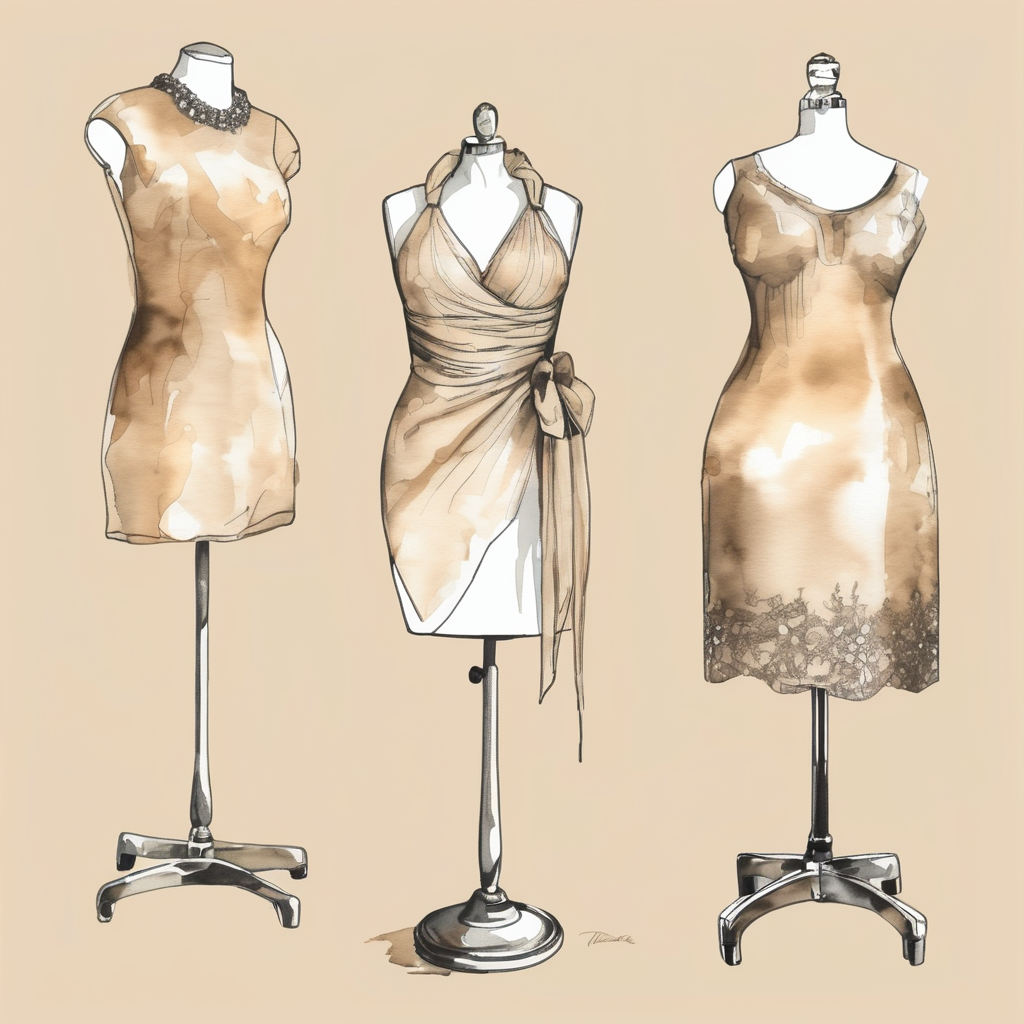
The starting point
From 3D scan
to STL file

Developments in 3D technology are becoming increasingly accessible to people. You do need some know-how to understand and operate the software, but also that is more and more available. I just started Googling to see what there was in my immediate area.
STL stands for STereoLithography. It is also called Surface Tessellation Language or Standard Triangle Language. That is the name for the technical drawing (the file) that is created, when you make a recording with a 3D scanner.
Google the words below and gather the information
Where do you find the people who have the knowledge, skills and equipment to make a 3D scan? And can you also process it into a usable digital file? It starts with a lot of Googling and research, so “Sewers, your time starts now!”
Google the words below + 3D + your own location. This way you can have the scan made as close to home as possible.
Pregnancy figurines
Cake toppers
Personalized dolls
Makerspace with scanning booth
Family miniatures
3D Scanning Studio
What information do you need?
Check, check & double check…
If I can give you 1 tip about this whole process:
Check, check & double check all the information you need. And check, check & double check all the information that the foam company needs. Of course they think along with you, but you are the client.
And the order must be super clear!

Pay close attention!
So there are a number of steps: going somewhere to have the 3D scan made, and have it made into a usable STL file. Make sure each step is complete. Because the final dress form (a prototype) costs money. And it would be such a shame if you forget a crucial step.
Recording day at scan location
Examples
What kind of underwear do you wear, during your scan?
Wear your best everyday-underwear. This way, the dress form becomes as much as possible a resembled model of you. The scanner cannot scan dark clothing, so wear light-colored or skin-colored underwear. And make sure it is smooth and well fitted.
Safety
Perhaps unnecessarily, but I still want to say it: make sure you feel safe during the 3D scan. You’re (probably) standing somewhere in your underwear. And for a good scan you have to stand relaxed. Go with someone you know: it’s fun and safe. Maybe you both want a custom dress form. This way you help eachother.
Sample email
Template example email
Hello 3D team,
Through this email I would like to enquire about making a 3d scan, because I would like to have a dress form made of my own torso, so that I can properly execute my sewing patterns on it.
I would like to ask you the following: Could I have you make a 3D scan that you can convert to an STL file? Then I can send it to a foam model company.
In addition:
A recess must be drawn along the longitudinal/dorsal axis for the tube of the stand. I will measure the dimensions and pass them on to you.
And do you have something that can secure the measurements of my body? The scale must be exactly 1:1.
Could I come to you for a scan and if so, what are the costs for the STL file?
Yours sincerely,
…

Tips & tricks
A work in progress
In this video, Jennifer Stern Hasemann pays a working visit to Carol Huls from Dittoform.
Together they go through the process of the 3D scan and the production process.
This gives you some insight into what work is involved.
Dittoform now scans with the EVA Scanner from Artec, which was also used to make my scan. The material of the Dittoform is minicell foam. That is different from styrofoam.
Tips & tricks
Also look at this:
In this video you can see how the ARTEC scanner scans an organic shape. And what work goes into converting the scan into an actual usable file.
File ready to send?
This website is a passion project,
not for profit.
#PaspopOpMaat
#CustomDressForm
#3Dpossibilities
#inclusivefashion
#dopaminedressing
#adaptivedesign
#zinin (especially for my favorite puzzle)